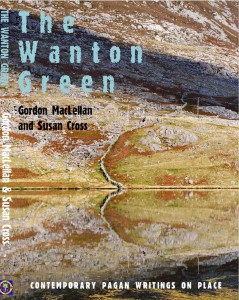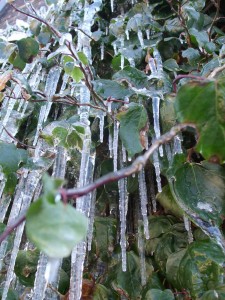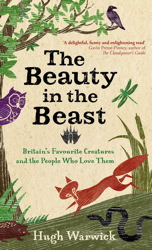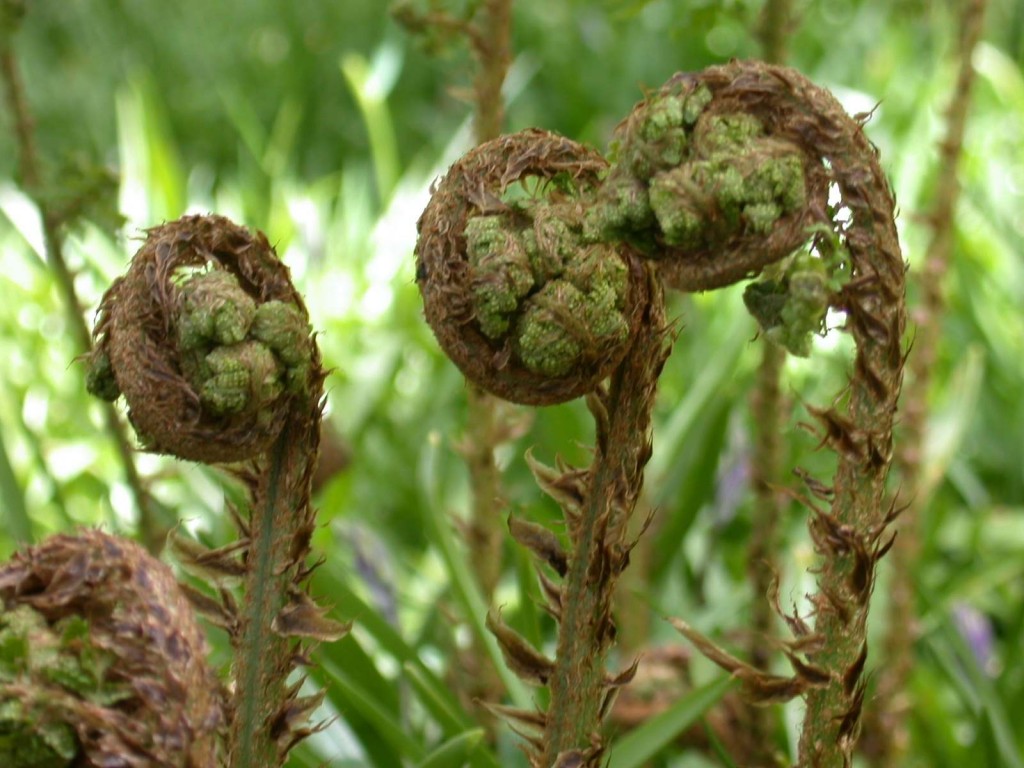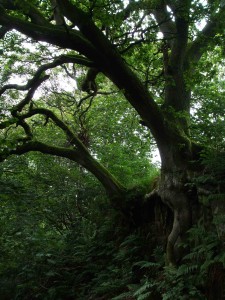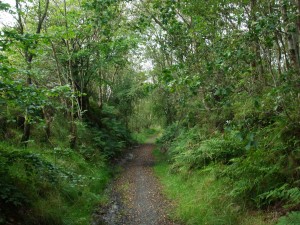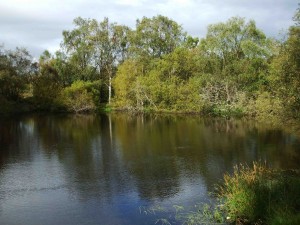Revised copies of The Wanton Green have just come in, so grab your cheque books, or contact me for paypal ideas and give yourself a treat (well, we think it is!)
From original blog posting:
Over the last year, I have been one of a team editing a book that has now been released. The Wanton Green is an exciting collection of essays from (mostly) British pagans exploring their relations to places
From the lost magics and holy waters of London to bleak Staffordshire Moorlands; from childhood adventures in Rochdale to faeries in Devon and Cumbria, a new book, The Wanton Green, offers readers a different perspective on landscape
As our relationship with the world unravels and needs to take new form, or maybe to reconnect with an older pattern, The Wanton Green presents a collection of inspiring, provoking and engaging essays by modern pagans talking about their own deep and passionate relationships with the Earth. With contributions from 20 authors that range from Druids to Heathens, from Chaos Magicians to Witches, Shamans and Voudou Mambo, Wanton Green brings voices from the diverse and growing Pagan community of Britain to the environmental debate and promises food for thought and inspiration for the spirit
Contributors include Emma Restall Orr, Runic John, Robert Wallsi, Jenny Blain, Melissa Harrington, Graham Harvey, Maria van Daalen, Susan Greenwood and Susan Cross. (Visit the Wanton Green blog for tastes of the treats within…)
All the contributors have forgone their royalties, allowing any arising to go to Honouring the Ancient Dead
Ordering copies
a) direct from me £ 11.99 a copy, + £2.00 P&P for first copy and £1 per copy after that (cheques to Creeping Toad, or I can invoice you – 51-d West, Rd, Buxton, Derbyshire, SK17 6HQ, UK
b) from Mandrake, the publishers
c) through a local bookshop or on-line store
Details
The Wanton Green: contemporary pagan writings on place
editors: G MacLellan and S Cross
Mandrake Books, Oxford, 2011

